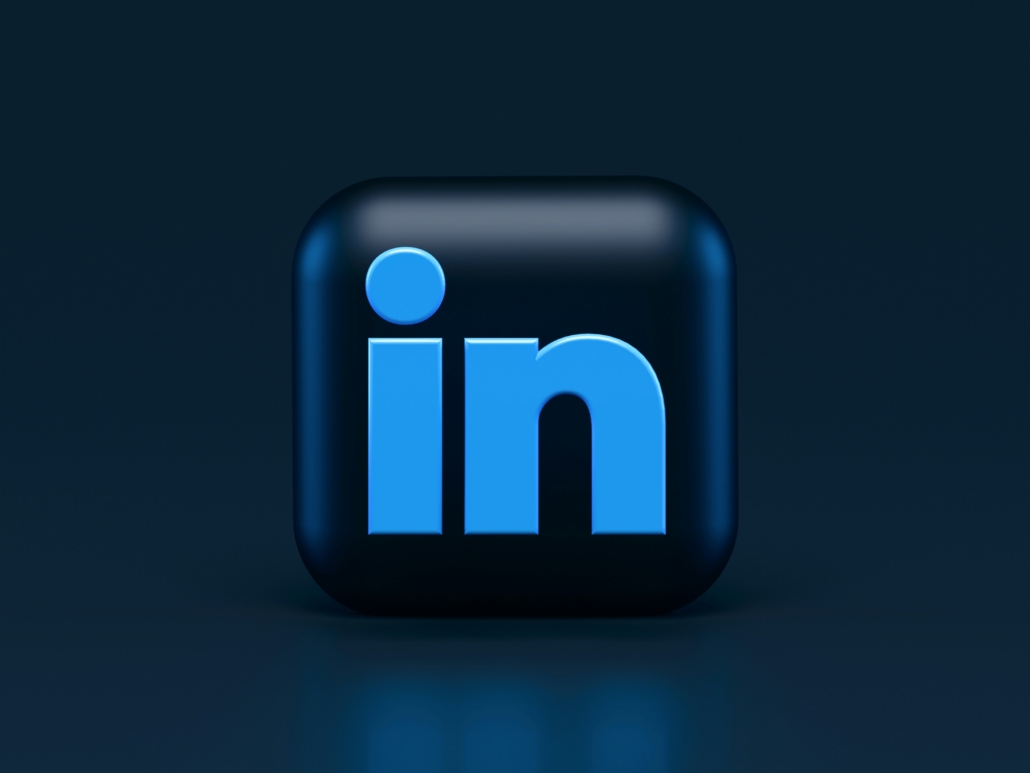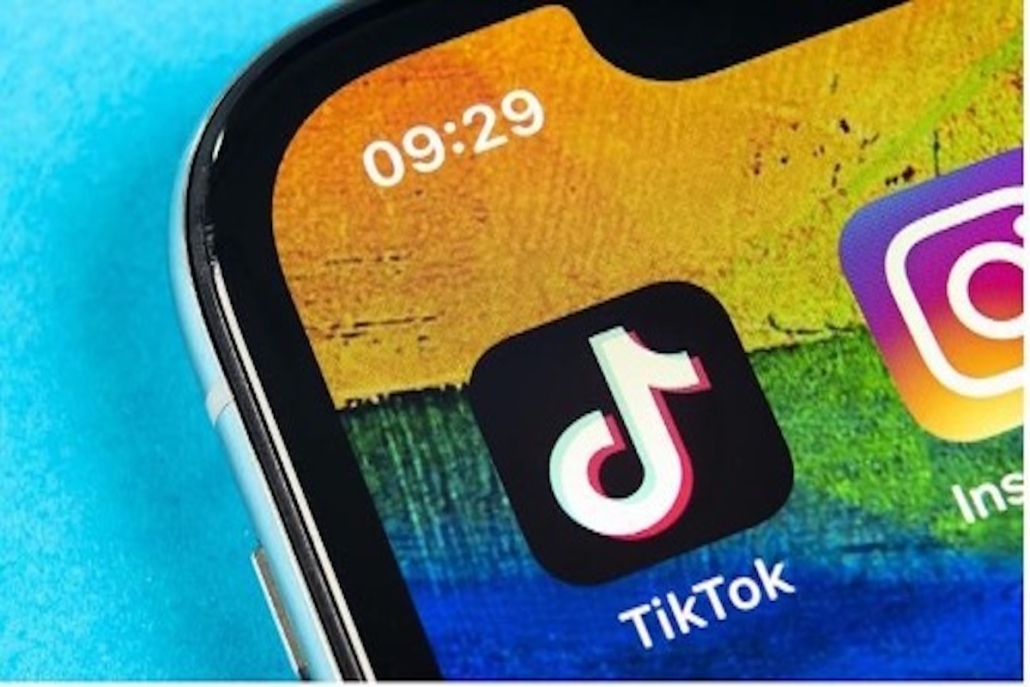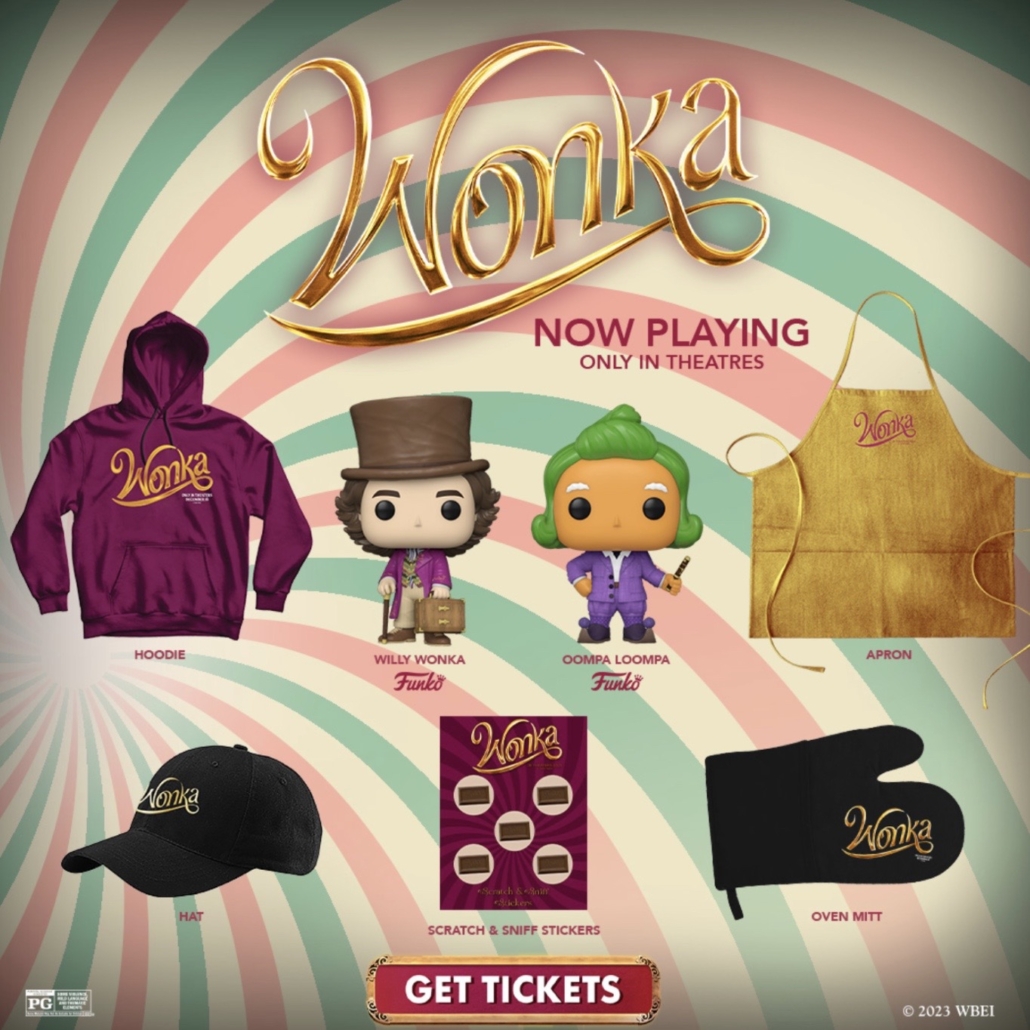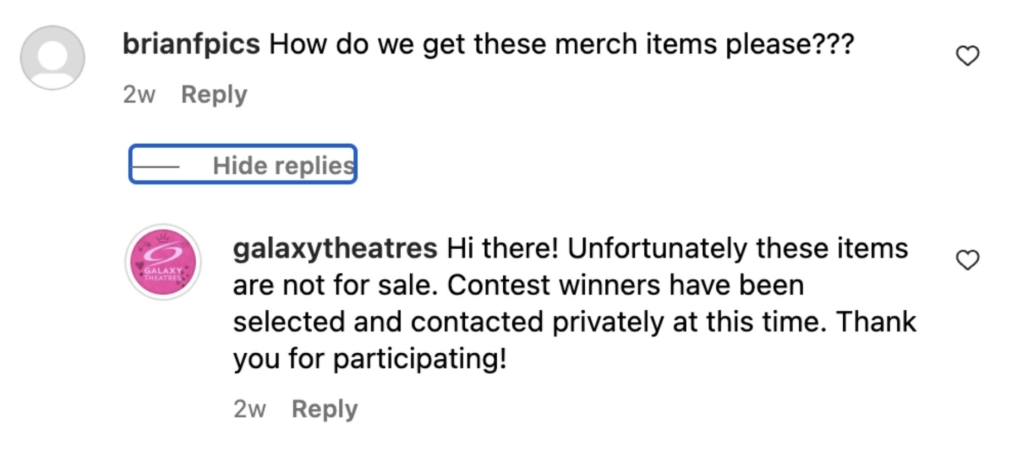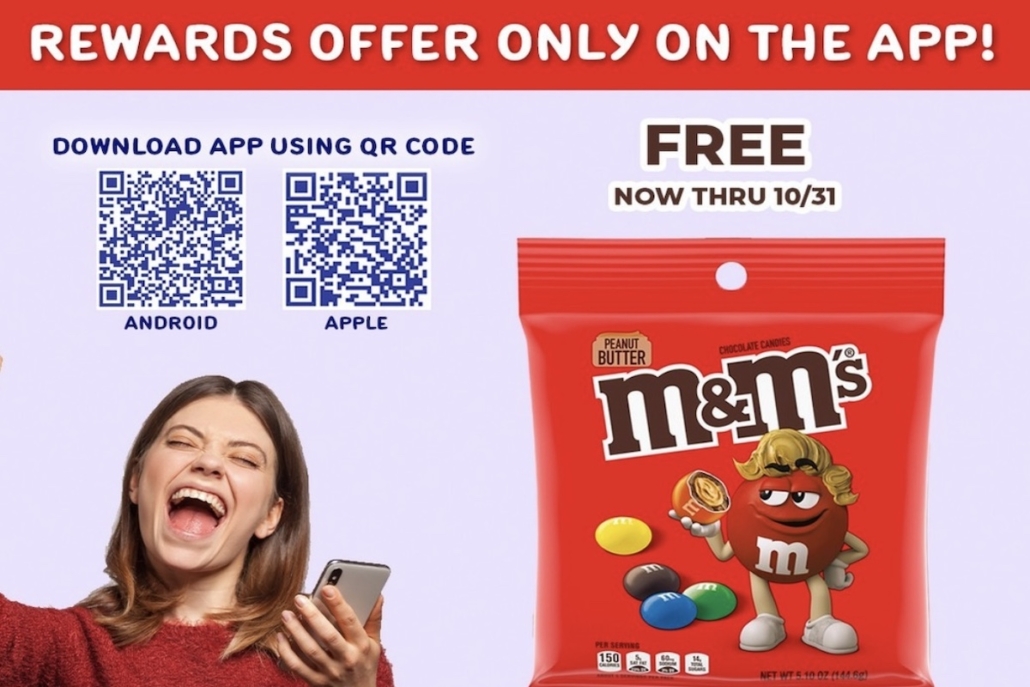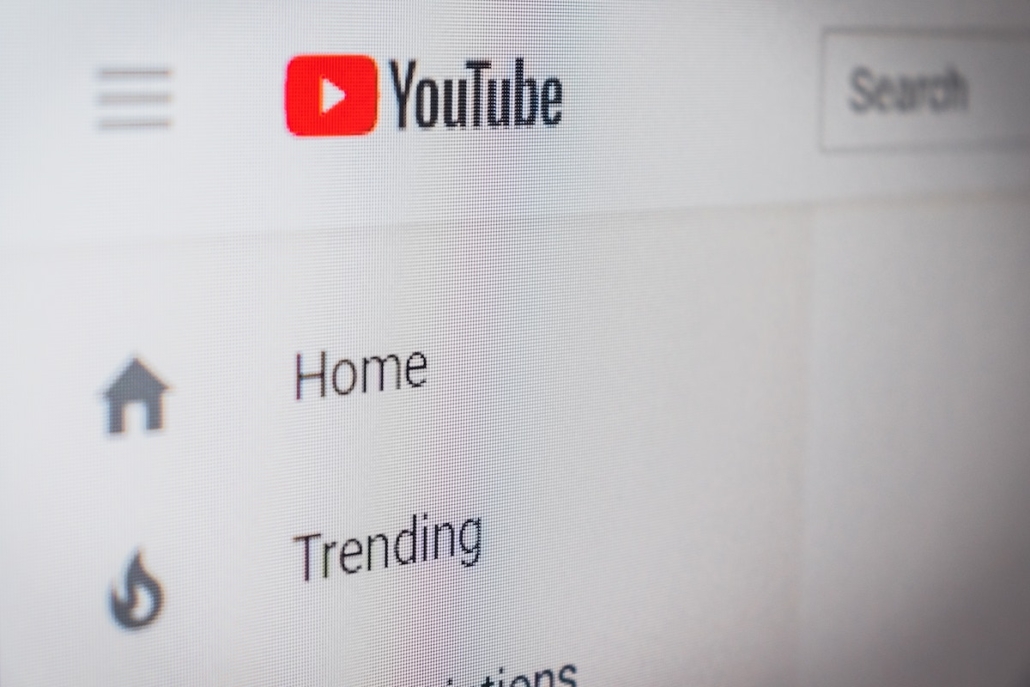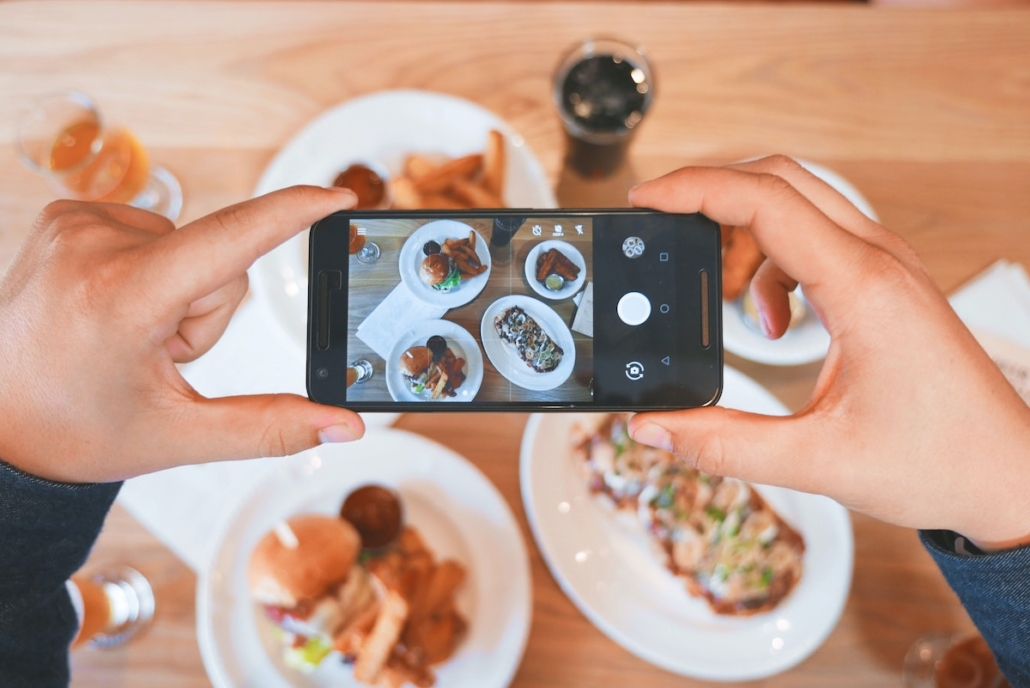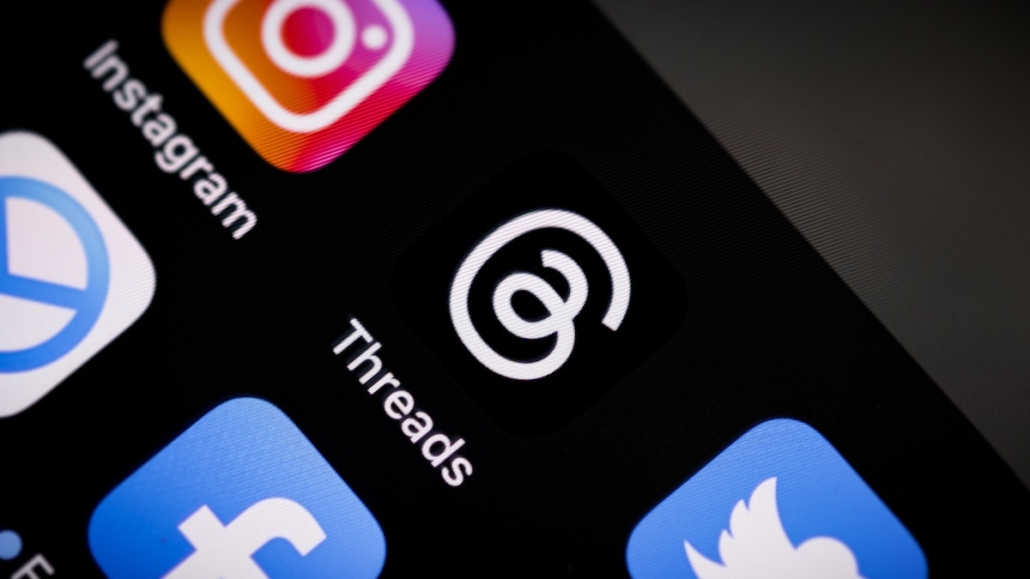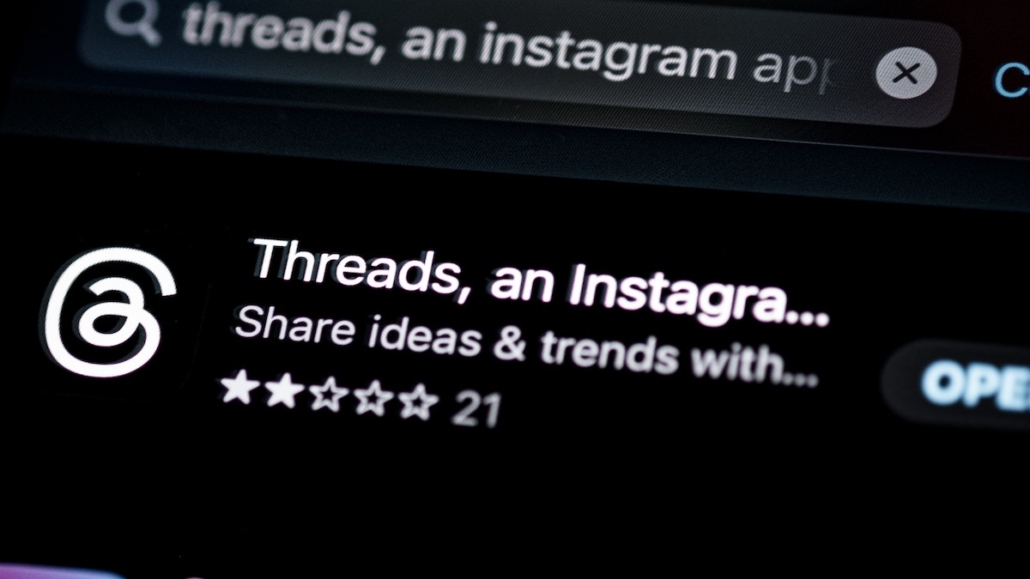How a Competitive Analysis Can Improve Your Brand’s Social Media
A brand’s social media marketing strategy can be crucial to raising awareness for a new product or service. While we may think about social media strategies as a way to illustrate the brand via social media platforms and track engagements and impressions, brands can take a step further and look outside their brand by performing a competitive analysis. Performing a competitive analysis on brands you may be competing against is extremely important and beneficial, and throughout, we will dive into why!

What is a Competitive Analysis?
A competitive analysis can be defined as conducting a research report where you identify your brand’s competitors within your industry, allowing your brand to place where they stand among competitors and in the industry. Additionally, a competitive analysis allows for a deeper understanding of competitors’ marketing strategies and helps your brand identify its strengths and weaknesses among competitors. By knowing your competitors, you can monitor which strategies are successful for them, be aware of new products that may be launched, monitor industry-wide trends, and ultimately bridge the gap between current and potential customers and your brand.

How to Make a Competitive Analysis and Tailored Social Media Marketing?
The first and most significant step in creating a competitive analysis report is performing thorough research to understand your brand’s competitors. Brands must identify both their direct and indirect competitors: direct competitors can be accredited to companies that have a similar product or service and a similar target audience to you, and indirect can be attributed to companies that do not offer the same product or service as your brand but have a similar target audience. It is crucial to be conscious of where your brand stands in the market and how consumers view you and your competitors. One way to discover competitors can be through a Google search using keywords you may use to describe your brand.
Once you know who your competitors are, it is essential to perform market research on competing brands. Your brand will acquire information about the company, target audiences, products, and strategies from this market research. While understanding the company, looking at its social media marketing strategies and content creation is also precious. For example, look at which social media platforms they use. Are they active on Instagram, X, and Facebook, or just Instagram? What is their tone of voice on these platforms, and how do they interact with their target audience? Are they more casual or formal? Do they run contests and giveaways, what keywords do they use, how frequently and consistently do they post, and what are they posting? Social media for brands is a vital piece in marketing products or services, so by studying their strategies you can see their success in connecting with target audiences and growing their brand on social media.
A competitive analysis will be highly informational and beneficial for your brand. It not only allows you to see the potential holes in your marketing strategy, but you can also see what is successful for your brand compared to others. You can gain additional valuable information and adjust or improve your social media strategies by looking at fellow social media and content strategies.

How to Monitor Competitors?
To see how you are performing among competitors, brands need to be able to monitor how successful your brands and competitor’s current strategies are. Various social media analytics and reporting tools can make this data accessible.
One helpful tool that brands can use is Hootsuite. Hootsuite offers various services that allow you to compare your brand’s data to those of competitors or the industry. For example, Hootsuite provides a tool that will enable you to create a competitor watchlist to monitor differences in audience growth, published posts, total engagement, and more. If you have a list of competitors, this tool is handy when comparing your social media marketing strategies. If you do not have a list of your competitors or want to see how your brand compares to the industry, you can monitor metrics on platforms such as Facebook, X, LinkedIn, TikTok, and Instagram. Hootsuite is a great tool to track, compare, and improve social media for brands.
Another valuable tool to use is Sprout Social. Sprout Social offers a competitive analysis tool that allows you to add competitors to compare your data. This tool can monitor data on X, Instagram, Facebook, etc… This service will enable you to see how many times your brand posts compared to competitors, engagement rates, and audience growth. Sprout Social has various other features crucial in monitoring how successful your brand’s social media marketing strategy is compared to competitors.

It is no secret that social media for brands can be a significant factor in marketing a new product, creating connections with target audiences, and inherently growing your brand. By performing a competitive analysis, brands generate precious information that can permit them to improve their social media marketing strategies. When you want to perform a competitive analysis and need help with market research or content creation, remember that Bright Age is here to help!

